|
It’s winter and this finds us writing about amphibians and reptiles rather than surveying them in the field. (Well, that’s not totally true as it’s not winter in the Peruvian Amazon (near Iquitos) where our Venomous Safety Instructor, Matt Cage, is guiding amphibian and reptile enthusiasts and photographers through the jungle.) Here’s a special find he recently shared: Langsdorff’s Coralsnake, Micrurus langsdorffi, photo by Matt Cage Back in North America it is winter, and except for a few warmer spots deep in the southern U.S. our amphibians and reptiles remain hunkered-down a little bit longer before their seasonal activity begins.
However, the deep south (Florida, I’m talking about you) recently did get hit with a cold snap causing iguanas (Spiny-tailed species, Ctenosaura sp., and Green Iguanas, Iguana iguana) to start falling from trees. Iguanas are not native to Florida and thus cold temperatures potentially pose a bigger problem for this species over native ones. Chilly lizards have difficulty escaping predators, and so our native lizards adapt to this lack of heat by overwintering underground and typically below an area subjected to freezing temperatures. Iguanas are not exactly welcome in Florida and cooler temperatures certainly provide opportunities to capture them more easily, potentially helping native wildlife populations by reducing the nonnative competitor of local resources. Iguanas are not cold-tolerant, and this restricts their nonnative populations from expanding. Some nonnative species are more tolerant of cooler temperatures and their populations may expand more easily. For instance, in 2005-6 my collaborators and I studied Cuban Brown Anoles (Anolis sagrei) to evaluate their tolerance to cold in populations from south and central Florida and into Georgia. Individual Cuban Brown Anoles with an ability to tolerate cold were able to find areas to persist. Although this small lizard competes with our native Green Anole (Anolis carolinensis), it’s generally not considered a problem for people. But what happens when a not-so-small lizard figures out a way to survive the cold? This is currently a growing problem in the southeast with Argentine Black-and-White Tegus (Salvator merianae). These lizards compete for burrows in the winter, eat native species (both common and imperiled species), and may negatively impact our own pets and gardens. Control programs are in place, but eradication may be unlikely at this point. Adaptation’s team continues to study wildlife and plant species whether they’re native to certain areas or not. Although species populations naturally shift, our work with agencies better helps our collective understanding of these shifts and species-specific needs. This work helps track non-native species movements to determine how problematic this could be and if control methods are an option. Do you want to help? Maybe you’re not comfortable with identifying wildlife and/ or plants…no worries. Next time you’re outside, notice that cool bug, bird, or flower and share your observation. One way to do this, is through the iNaturalist application. Recording your observations here will get reported to agencies managing our resources for us all.
1 Comment
Happy Snake Season 2020!! |
|||||||
| rattlesnake_safety_guide.pdf | |
| File Size: | 896 kb |
| File Type: | |
AES volunteer, Craig, pointing at a natural den where Prairie Rattlesnakes were found.
Adaptation has been on the road this summer! We’ve been to California, New Mexico, and a little closer to home, Southeastern Colorado! Our work in Colorado has been with Colorado Parks and Wildlife (CPW) and their Resource Stewardship team, conducting herptile (reptile and amphibian) surveys. Our goal is to identify the reptile and amphibian diversity at various Colorado State Parks and provide education and outreach materials as well as management recommendations.
In order to determine the different species at any given state park, we employ a variety of methods. Our surveys consist of turtle trapping, walking and searching, natural cover board surveys and road cruising. Natural cover board surveys refers to turning over rocks, decaying logs and leaf litter. However, this is done carefully and with gloves and tools to stay protected in case we flip anything dangerous (e.g. a surprise Prairie Rattlesnake). Road cruising is an important technique because roads hold heat longer compared to other surfaces, this makes it attractive to reptiles who can’t regulate their heat internally and therefore, look for warm surfaces for basking. Furthermore, roads create transects that are easy to survey.
In order to determine the different species at any given state park, we employ a variety of methods. Our surveys consist of turtle trapping, walking and searching, natural cover board surveys and road cruising. Natural cover board surveys refers to turning over rocks, decaying logs and leaf litter. However, this is done carefully and with gloves and tools to stay protected in case we flip anything dangerous (e.g. a surprise Prairie Rattlesnake). Road cruising is an important technique because roads hold heat longer compared to other surfaces, this makes it attractive to reptiles who can’t regulate their heat internally and therefore, look for warm surfaces for basking. Furthermore, roads create transects that are easy to survey.
Biological Technician, Norma, with Spiny Softshell Turtle, caught in a funnel trap.
We visited a few state parks this summer, including one in Southeastern Colorado. Our team observed 28 different species by the end of the summer! Some of our exciting finds include, Spiny Softshell Turtles, Green Toads, Plains Leopard Frogs, Great Plains Ratsnakes, a Plains Black-headed Snake, a Longnose Snake, Red-sided Gartersnakes, a Lined Snake, and a New Mexico Threadsnake.
“Herps”, as we like to call them, play important roles in their ecosystems. Some keep prey populations in check, for example, frogs eat insects and snakes eat rodents, which controls the spread of disease. Many herps are also important prey for predators and help keep food webs in balance. A diverse herp population is indicative of a healthy ecosystem. When herp populations are diverse and healthy, this means that the environment they are in can support a variety of wildlife. More biodiverse environments are more sustainable and lead to more balanced, functional systems.
It was very promising to see such a diverse population at the state park. With records of these animals, CPW and park rangers can work together to help protect and maintain these ecosystems and animal populations so many of us can enjoy them for as long as possible.
“Herps”, as we like to call them, play important roles in their ecosystems. Some keep prey populations in check, for example, frogs eat insects and snakes eat rodents, which controls the spread of disease. Many herps are also important prey for predators and help keep food webs in balance. A diverse herp population is indicative of a healthy ecosystem. When herp populations are diverse and healthy, this means that the environment they are in can support a variety of wildlife. More biodiverse environments are more sustainable and lead to more balanced, functional systems.
It was very promising to see such a diverse population at the state park. With records of these animals, CPW and park rangers can work together to help protect and maintain these ecosystems and animal populations so many of us can enjoy them for as long as possible.
Coachwhip snake, observed on a survey at John Martin Reservoir State Park.
Wowza, it’s heating up outside! Summertime in (and around) the city presents different issues for snakes. Many people may wonder where all the rattlesnakes are at. Well, it’s a great question to ask and an important one to think about. Don’t worry, the rattlesnakes and harmless snakes are still here and doing their jobs. 😉
Prairie Rattlesnakes (pictured above; aka “nope-ropes” and “buzz tails”) are now more active overnight, or perhaps even late in the day and early morning. Like us, it’s just too hot to be active during the heat of the day. Great, no issues then, right? Well, not necessarily.Overnight, rattlesnakes may hunt for their favorite prey items, which are mostly rodents. If there is considerable rodent activity around your home, then a rattlesnake may find itself near there the area. Be mindful of rattlesnakes seeking cooler areas and prey in places like garages, underneath home foundations and sheds, and near water features. It’s very likely that an area that was snake-free in the evening could now have a snake in the morning. It may stay in this cool place to avoid the heat of the day before moving on again.
What can you do?
Do you have a plan if you or your pet is bitten by a rattlesnake?
For people we recommend following CDC instructions, which we simplify below:
Of course, there are many other kinds of harmless snakes living and working in this area. More common ones encountered are Bullsnakes, Racers, and Gartersnakes (pictured below).
-Photos by Matt Cage and Adaptation Environmental Services
Prairie Rattlesnakes (pictured above; aka “nope-ropes” and “buzz tails”) are now more active overnight, or perhaps even late in the day and early morning. Like us, it’s just too hot to be active during the heat of the day. Great, no issues then, right? Well, not necessarily.Overnight, rattlesnakes may hunt for their favorite prey items, which are mostly rodents. If there is considerable rodent activity around your home, then a rattlesnake may find itself near there the area. Be mindful of rattlesnakes seeking cooler areas and prey in places like garages, underneath home foundations and sheds, and near water features. It’s very likely that an area that was snake-free in the evening could now have a snake in the morning. It may stay in this cool place to avoid the heat of the day before moving on again.
What can you do?
- Leave the snake alone and wait for it to move on. (Please notify others if there’s a snake in the area so they are not startled.)
- If you cannot leave it be, please contact a snake removal expert (US!!!) Our expert biologists arrive within 1-hour, capture your snake, continue searching for other snakes, and then spend time working with you by offering safety and snake prevention tips.
Do you have a plan if you or your pet is bitten by a rattlesnake?
For people we recommend following CDC instructions, which we simplify below:
- Call 911
- Remain calm
- At a safe place, sit down and keep the bitten area at or below heart level
- [NOTE: Some medical experts are recommending elevating the area bitten, but the CDC recommendations are not yet aligned with this.]
- Remove any rings, bracelets or other items that could restrict blood flow with severe swelling
- Draw a circle around the bite site and record the time the bite occurred. Monitor for severe symptoms, such as difficulty breathing.
- DO NOT: cut skin, suck puncture wounds, apply a tourniquet, apply ice or water, use a venom extractor, consume food or fluids, attempt to drive yourself to a medical facility
- Immediately transport to a veterinary medical facility
- If possible, carry your pet to reduce activity and the overall effect of venom
- Call ahead and ensure the veterinarian is prepared for a snakebite emergency
Of course, there are many other kinds of harmless snakes living and working in this area. More common ones encountered are Bullsnakes, Racers, and Gartersnakes (pictured below).
-Photos by Matt Cage and Adaptation Environmental Services
Bullsnake (below)
Yellow-bellied racer (above)
Wandering Gartersnake (below)
Wandering Gartersnake (below)
How do you know if a snake is harmless? Use multiple characteristics to help determine this!
Harmless snakes:
Regardless, we love snakes! You don’t have to. Now you have options.
Need us to help identify a snake in a photograph for you? Share it with us on Facebook or Instagram!
Harmless snakes:
- No rattle present…and if they wiggle or shake their tail it’s usually against the ground
- The tail tapers, and often to fine point
- The head is usually the same width as the neck
- The pupils are rounded…but you may be too close if you can see this without binoculars or through a zoomed photograph
- Lack white facial stripes that rattlesnakes have
Regardless, we love snakes! You don’t have to. Now you have options.
Need us to help identify a snake in a photograph for you? Share it with us on Facebook or Instagram!
Are you looking for things to do with your kiddos while they are out of school this summer? Viewing wildlife can be fun and educational! Colorado is home to over 400 species of birds, and over 80 species of reptiles and amphibians! Kids can engage with nature, learn how to treat it with respect, and take some cool pictures to show off to their friends later.
Here are 5 places you can visit to see wildlife this summer.
Here are 5 places you can visit to see wildlife this summer.
- Rocky Mountain Arsenal Wildlife Refuge: This refuge is home to more than 330 animal species including bison, mule, and white-tailed deer. Even bald eagles winter here! You can take an 11 mile drive through the park and drive right next to the bison area. You can also take a number of short hikes, including many woodland and wetland trails, as well as our favorite - a grassland trail called Rattlesnake hill!
- Mount Evans Scenic Byway: Bring a lunch and take a drive up this iconic 14,264 foot mountain! It is a 28 mile drive and you can take many stops along the way to view bighorn sheep, pikas, marmots, and mountain goats. Fun fact - this is the highest paved road in North America, so bring a jacket as the temperature gradually drops while you climb up. Some stops we recommend are Echo Lake, the Denver Botanic Gardens Mount Goliath location, and the multiple lookout pull offs.
- Estes Park: At this nationally recognized location, elk can be seen any time, bighorn sheep are seen at Sheep Lake in the summer, and moose frequent willow thickets along the Colorado River. Overall, there are hundreds of wildlife species to be seen. They will customize your trip for you and make this an experience your kids will never forget.
- Guanella Pass: Look for mountains goats, bobcats, beavers, bighorn sheep, and various bird species as you drive this beautiful 23 mile stretch of road. You will journey between two watersheds - South Platte and Clear Creek, through spruce and aspen groves until you hit the treeline - where the trees stop growing and the tundra begins. There are a number of trails you can hike along and get some incredible photos of the scenery and wildlife! We recommend the famous Guanella Pass Trail - it is easily accessible and not super strenuous.
- Wild Animal Sanctuary: This sanctuary is known for rescuing wildlife, especially of predatory nature, and rehabilitating them. There’s a 1.5 mile elevated walkway you can take to view tigers, bears, lions, and more. The animals roam free, so every time you come, there’s a chance to see something/someone different. Since the summers can be hot, come at sunrise or take advantage of the Sanctuary’s Wild Nights program.
Remember! Anywhere you go:
- Keep a safe distance from wildlife.
- Use binoculars and zoom lenses if you want to observe wildlife closer.
- Never stop or block traffic.
- Never follow or chase animals.
- Observe quietly - there’s a lot to see and hear!
- Keep all pets on leash.
- Leave each place you stop and visit as you found it!
- Have fun, be safe, and enjoy nature!
If you’ve ever bumped into a rattlesnake in Colorado during a summer hike, chances are it was a Prairie rattlesnake (Crotalus viridis). These snakes are the widest ranging venomous snake in Colorado and are sometimes encountered by hikers on trails in the plains and the foothills. Just like people, snakes tend to be more active during the warm summer months, as they rely on higher temperatures to be able to capture prey, migrate and reproduce. With rattlesnake season in full swing, our venom analysis lab at the University of Northern Colorado is hard at work collecting Prairie rattlesnakes from new locations in Colorado. After we capture snakes, we extract venom, dry it down, and process it to understand its composition and properties.
Venoms are complex mixtures containing different toxins that can cause a huge variety of symptoms when a person is bitten. Different species of snakes and even populations of the same species can have different types of toxins because they live in different environments and eat different kinds of prey. Our lab is interested in determining both how and why venom composition varies between species of rattlesnakes found in the western United States.
Most people bitten by venomous snakes in the United States survive because of the effectiveness of antivenom and the fact that medical help is usually readily available. However, it’s important to know the composition of venoms from snakes throughout the country because the effects of their toxins can vary widely. For example, knowing which snakes possess potent toxins that affect the nervous system or those that contain tissue digesting enzymes can help inform snake bite treatment as well as make anti-venom production more effective.
Understanding venom variation can also tell scientists a lot about the history and ecology of a particular snake species. To answer these kinds of questions we need to have a good understanding of what types of animals are typically prey items for a certain species or population. For example, sea snakes primarily feed on fish which is reflected in the toxins present in their venoms that are very effective at killing fish. Rattlesnakes in general tend to feed on small mammals like mice, but will eat whatever they can get, leading to venoms with many different kinds of toxins that can kill prey in a variety of different ways.
The Prairie rattlesnake is not only common in Colorado, it’s range spreads from southern Canada to northern Mexico. Though it has such a large range, we still don’t understand how or why its venom varies. Because of this our lab is interested in studying geographic variation in venom composition since this species lives in many different environments with many different prey items. By separating and purifying the main toxins that make up venoms from snakes in geographically distinct areas, we now know that this species varies in levels of medically significant toxins throughout its range. We see snakes in certain areas with higher amounts of tissue digesting enzymes, while snakes in other areas primarily have potent toxins that affect the nervous system. Knowing these differences can help medical professionals give better medical care to people bitten in different areas. Our study will be ongoing for the next few years, and we hope that our research can answer questions about snake ecology as well as help with snake bite treatment.
Most people bitten by venomous snakes in the United States survive because of the effectiveness of antivenom and the fact that medical help is usually readily available. However, it’s important to know the composition of venoms from snakes throughout the country because the effects of their toxins can vary widely. For example, knowing which snakes possess potent toxins that affect the nervous system or those that contain tissue digesting enzymes can help inform snake bite treatment as well as make anti-venom production more effective.
Understanding venom variation can also tell scientists a lot about the history and ecology of a particular snake species. To answer these kinds of questions we need to have a good understanding of what types of animals are typically prey items for a certain species or population. For example, sea snakes primarily feed on fish which is reflected in the toxins present in their venoms that are very effective at killing fish. Rattlesnakes in general tend to feed on small mammals like mice, but will eat whatever they can get, leading to venoms with many different kinds of toxins that can kill prey in a variety of different ways.
The Prairie rattlesnake is not only common in Colorado, it’s range spreads from southern Canada to northern Mexico. Though it has such a large range, we still don’t understand how or why its venom varies. Because of this our lab is interested in studying geographic variation in venom composition since this species lives in many different environments with many different prey items. By separating and purifying the main toxins that make up venoms from snakes in geographically distinct areas, we now know that this species varies in levels of medically significant toxins throughout its range. We see snakes in certain areas with higher amounts of tissue digesting enzymes, while snakes in other areas primarily have potent toxins that affect the nervous system. Knowing these differences can help medical professionals give better medical care to people bitten in different areas. Our study will be ongoing for the next few years, and we hope that our research can answer questions about snake ecology as well as help with snake bite treatment.
-Cara Smith
PhD student, Venom Analysis Lab
Curator, UNC Museum of Natural History
University of Northern Colorado
PhD student, Venom Analysis Lab
Curator, UNC Museum of Natural History
University of Northern Colorado
Rattlesnake safety is essential if you live or spend time in Colorado, especially in the foothills! Unfortunately, our dogs often encounter rattlesnakes. It is natural for them to inspect and sniff out new smells!
It is best to keep your dog on leash while hiking or walking in the foothills. This can prevent an unpleasant rattlesnake encounter.
Prevention is key here: rattlesnakes are an essential part of the Colorado ecosystem so it is extremely important to learn how to keep yourself and your pets safe while letting the snake be happy and healthy in its natural habitat.
Accidents do happen, so here’s what to look for while inspecting your dog for a rattlesnake bite and what to do if it gets bitten!
Signs that your dog was bitten by a rattlesnake:
If your pup gets bitten:
DO NOT:
Though we are lucky to be living near wildlife, it can be scary and unpredictable to come into contact with animals, especially rattlesnakes. It can also feel extremely devastating to watch your beloved dog get hurt.
Remember to breathe, to be proactive rather than reactive. Keep your dog on a leash. Stay safe and enjoy nature!
It is best to keep your dog on leash while hiking or walking in the foothills. This can prevent an unpleasant rattlesnake encounter.
Prevention is key here: rattlesnakes are an essential part of the Colorado ecosystem so it is extremely important to learn how to keep yourself and your pets safe while letting the snake be happy and healthy in its natural habitat.
Accidents do happen, so here’s what to look for while inspecting your dog for a rattlesnake bite and what to do if it gets bitten!
Signs that your dog was bitten by a rattlesnake:
- uncomfortable breathing
- whimpering in pain
- trembling
- tired behavior
- swollen bleeding puncture wounds
If your pup gets bitten:
- move to a safe place
- immediately transport your dog to a veterinary medical facility
- if possible, carry your pet to reduce activity and the overall effect of venom
- call ahead and ensure the veterinarian is prepared to handle a snakebite emergency
- if the vet is not prepared, ask for a recommendation
DO NOT:
- handle the snake
- treat the bite yourself and sucking the venom out
- use a tourniquet as this can make the bite worse
Though we are lucky to be living near wildlife, it can be scary and unpredictable to come into contact with animals, especially rattlesnakes. It can also feel extremely devastating to watch your beloved dog get hurt.
Remember to breathe, to be proactive rather than reactive. Keep your dog on a leash. Stay safe and enjoy nature!
What to do if you encounter a rattlesnake while hiking
Imagine this- you are hiking in the foothills, your earbuds are in and your favorite summertime jam just came on! Your dog is ecstatic to be outside and is running circles around you. Basically, your day so far, is perfect!
Then, you hear your dog barking up a storm. Something is not right. You pull out your earbuds and start running towards your pup. Low and behold, there’s a snake, basking in the sun, right in the middle of the trail.
You can’t quite tell if it’s a rattlesnake; you’re a bit too far from it and besides the rattle, you’re not really sure what to look for. Panic slowly sets in and your dog is now inches away from the snake’s head still barking and seemingly wound up.
Terrifying, right?
This does not have to be you.
Imagine this- you are hiking in the foothills, your earbuds are in and your favorite summertime jam just came on! Your dog is ecstatic to be outside and is running circles around you. Basically, your day so far, is perfect!
Then, you hear your dog barking up a storm. Something is not right. You pull out your earbuds and start running towards your pup. Low and behold, there’s a snake, basking in the sun, right in the middle of the trail.
You can’t quite tell if it’s a rattlesnake; you’re a bit too far from it and besides the rattle, you’re not really sure what to look for. Panic slowly sets in and your dog is now inches away from the snake’s head still barking and seemingly wound up.
Terrifying, right?
This does not have to be you.
There are a number of simple things you can do in order to better protect you and your loved ones from a rattlesnake encounter while hiking.
We have compiled a list of simple things to do before and during your hike in order to stay safe on our beautiful Colorado trails!
Preparing for your hike:
During your hike:
If you see a snake:
There are many ways to tell a rattlesnake apart from other types of snakes. We will certainly cover those ways in our later blogs. However, we recommend using the above practices for ALL snakes that you encounter in Colorado, just in case!
Prairie Rattlesnakes are the only type of venomous snake species in Colorado. However, just because you don’t see a rattle, doesn’t mean it’s not there. Many people make mistakes when faced with a wildlife encounter.
Follow the simple rules above, stay safe, and most importantly… enjoy nature!
-Adaptation Team
We have compiled a list of simple things to do before and during your hike in order to stay safe on our beautiful Colorado trails!
Preparing for your hike:
- make sure your cell phone is charged in case you need to call for help
- bring closed- toe shoes to wear on the trail
During your hike:
- keep one ear bud out so that you can hear any disturbances
- stay on the trail
- keep your dog on leash
- watch where you are placing your feet and your hands. It is easy to get distracted looking at a text message or looking up at the sky. Be aware of your surroundings
If you see a snake:
- do not attempt to pick it up to move it, rattlesnake or not
- give it time and space to move away from you
- keep your dog close to you
- if it does not move, carefully walk around it, giving the snake at least five feet of clearance.
There are many ways to tell a rattlesnake apart from other types of snakes. We will certainly cover those ways in our later blogs. However, we recommend using the above practices for ALL snakes that you encounter in Colorado, just in case!
Prairie Rattlesnakes are the only type of venomous snake species in Colorado. However, just because you don’t see a rattle, doesn’t mean it’s not there. Many people make mistakes when faced with a wildlife encounter.
Follow the simple rules above, stay safe, and most importantly… enjoy nature!
-Adaptation Team
Photos by No Coast Photography
The sun is out and temperatures are finally getting warmer. It’s springtime in Denver, which means it’s time for outdoor activities. I’m excited to be able to go hiking without wearing at least three layers. The thing is... we aren’t the only animals excited for warmer weather.
What do I mean?
Lots of animals enjoy warmer weather and like to take advantage of the sun just like we do, and this includes the Prairie Rattlesnake. Reminder, the Prairie Rattlesnake is the only dangerously venomous snake to live along the Colorado Front Range. So while rattlesnakes can seem scary and dangerous, it’s important to remember that they prefer to not be seen and heard…and only make themselves known when they feel threatened.
It may seem like all of a sudden more and more rattlesnakes are being seen everywhere. This is partially true, since Prairie Rattlesnakes are starting to emerge from their winter dens and will be doing so starting now and into the next 4 weeks. They like to hang out on trails and rocks since these surfaces tend to retain more heat compared to other surfaces. Because of this, don’t be alarmed if you see a snake hanging out on a trail. The best thing to do, always, is to leave it alone and allow it to move on. If you need to get around, leave at least four feet between you and the snake and be cautious of other snakes that make be in the area.
What do I mean?
Lots of animals enjoy warmer weather and like to take advantage of the sun just like we do, and this includes the Prairie Rattlesnake. Reminder, the Prairie Rattlesnake is the only dangerously venomous snake to live along the Colorado Front Range. So while rattlesnakes can seem scary and dangerous, it’s important to remember that they prefer to not be seen and heard…and only make themselves known when they feel threatened.
It may seem like all of a sudden more and more rattlesnakes are being seen everywhere. This is partially true, since Prairie Rattlesnakes are starting to emerge from their winter dens and will be doing so starting now and into the next 4 weeks. They like to hang out on trails and rocks since these surfaces tend to retain more heat compared to other surfaces. Because of this, don’t be alarmed if you see a snake hanging out on a trail. The best thing to do, always, is to leave it alone and allow it to move on. If you need to get around, leave at least four feet between you and the snake and be cautious of other snakes that make be in the area.
A Prairie Rattlesnake seen in the road. This will be a common sighting during the day, especially in the next 4 weeks. As it gets hotter, rattlesnake activity will eventually increase during the night time.
Prairie Rattlesnake Research with the National Renewable Energy Laboratory (NREL)
With summer comes more research opportunities!
This summer, we are partnering with NREL to provide high quality snake handling training, similar to what a zoo keeper staff would have, so snakes that are found near buildings and walkways can be handled safely.
With summer comes more research opportunities!
This summer, we are partnering with NREL to provide high quality snake handling training, similar to what a zoo keeper staff would have, so snakes that are found near buildings and walkways can be handled safely.
A rattlesnake being tubed and held by a volunteer. Rattlesnakes are tubed in order to handle them safely without harming the snakes or people.
We will also be continuing our research with rattlesnakes on South Table Mountain. We will be locating snakes that currently have radio transmitters on the NREL campus in order to better understand snake survival and movement when they are relocated. We will also be looking for sensitive habitat so that NREL can help manage these locations.
Volunteer Craig and Project Lead Bryon spot a rattlesnake for potential capture.
Our first date out in the field was April 7th, 2019. We successfully captured and inserted PIT-tags in five snakes that will allow us to determine if snakes found on campus are repeat offenders or the activity is at random.
Successful capture of a Prairie Rattlesnake. They are placed in buckets to keep them safe while waiting to be processed for data.
A snake is probed to determine whether it is female or male.
Jefferson County Open Space (JCOS) Research 2018-2019
We are wrapping up our research with JCOS on South Table Mountain (STM) this summer. Last summer and early fall, we captured rattlesnakes and sent them to VCA Alameda East Veterinary Hospital to surgically implant radio transmitters. This allowed us to track movements and find any winter dens to help preserve and protect those areas. Knowing where rattlesnakes hibernate and prefer to hang out is important information that JCOS can use when planning for potential areas for various park amenities such as parking lots, trail connections and trailheads. We also used these opportunities to educate the public by talking to people we encountered out in the field. This summer we will be recapturing snakes that have transmitters to remove them and after this is done, the snakes will be relocated back to STM. VCA Alameda East Veterinary Hospital is partnering with us to perform the surgeries.
Thank you to our volunteers and partners who made this project possible!
AND FINALLY:
Here are some tips for avoiding any sort of rattlesnake conflict and what to do if you or your pet gets bit.
Reduce your risk of human/snake conflict
Prairie Rattlesnake First AID:
If your pet is bitten:
We are wrapping up our research with JCOS on South Table Mountain (STM) this summer. Last summer and early fall, we captured rattlesnakes and sent them to VCA Alameda East Veterinary Hospital to surgically implant radio transmitters. This allowed us to track movements and find any winter dens to help preserve and protect those areas. Knowing where rattlesnakes hibernate and prefer to hang out is important information that JCOS can use when planning for potential areas for various park amenities such as parking lots, trail connections and trailheads. We also used these opportunities to educate the public by talking to people we encountered out in the field. This summer we will be recapturing snakes that have transmitters to remove them and after this is done, the snakes will be relocated back to STM. VCA Alameda East Veterinary Hospital is partnering with us to perform the surgeries.
Thank you to our volunteers and partners who made this project possible!
AND FINALLY:
Here are some tips for avoiding any sort of rattlesnake conflict and what to do if you or your pet gets bit.
Reduce your risk of human/snake conflict
- wearing closed-toe shoes
- watch where you place your hands and feet especially in woody and rocky areas
- stay on trails
- keep your dog on a leash
Prairie Rattlesnake First AID:
- Remain calm and call 911
- Find a safe place and sit down
- Keep bitten area at or below heart level
- Remove any rings, bracelets or other items that may restrict blood flow to the bitten area
- Record time of bite and monitor for any severe symptoms
- DO NOT: suck out the venom, apply a tourniquet cut the wound, apply ice or imerge wound in water, attempt to drive yourself to a medical facility
If your pet is bitten:
- Immediately transfer your dog to a veterinary medical facility
- If possible call ahead to ensure the vet is prepared for a snake bit and if not, where to transport your pet
- If possible, carry your pet to reduce activity and overall effect of venom
Prairie rattlesnake spotted on a rocky surface. Trails and rocky areas attract snakes since they tend to me warmer surfaces compared to other surfaces.
Written by Norma Davenport, Lead Research Associate at Adaptation Environmental Services
Rattler Tattler
Authors
Adaptation Environmental Team: Bryon, Joe, and Kelly
Guest Bloggers: Bryan Hughes, Cara Smith and Andrew Hoffman, Matt Cage
Categories
All
Outdoor Living
Rattlesnake Safety
Research
Archives
July 2023
June 2023
May 2023
April 2023
March 2023
February 2023
December 2022
November 2022
October 2022
September 2022
March 2022
May 2020
October 2019
September 2019
July 2019
June 2019
May 2019
October 2018
September 2018
August 2018
July 2018
June 2018

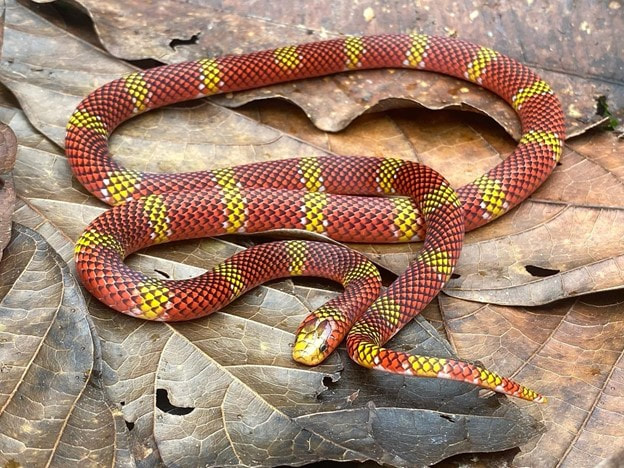
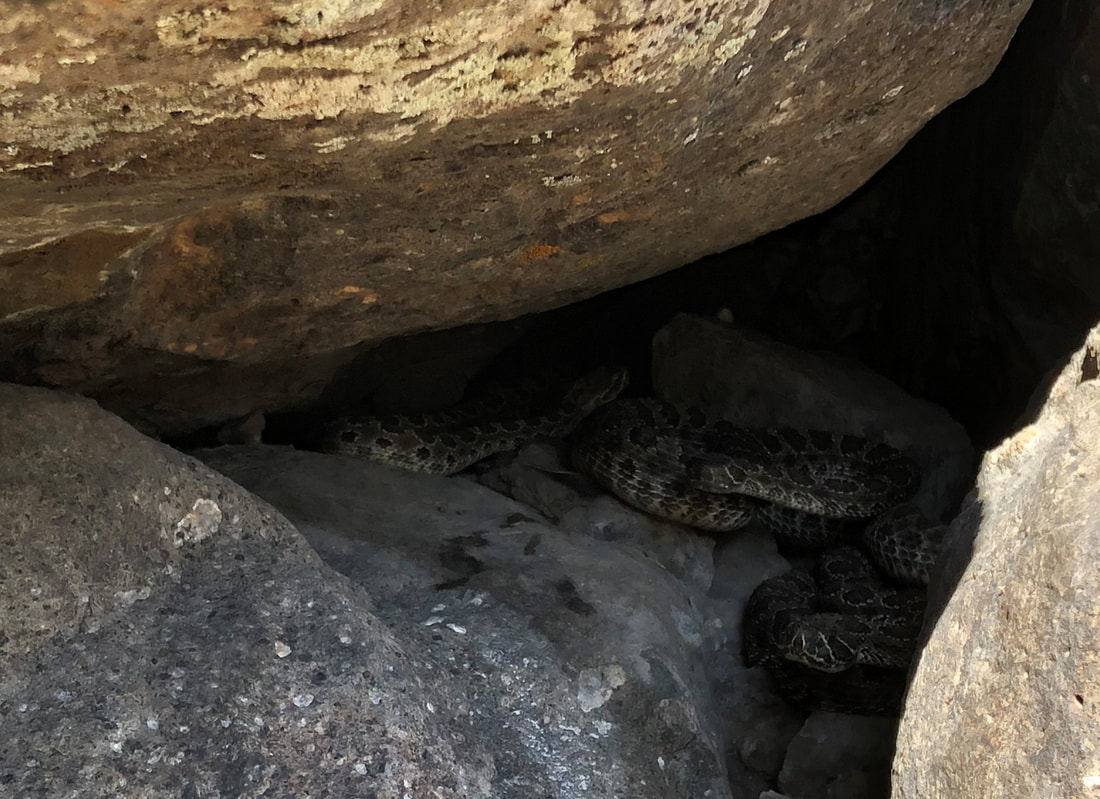
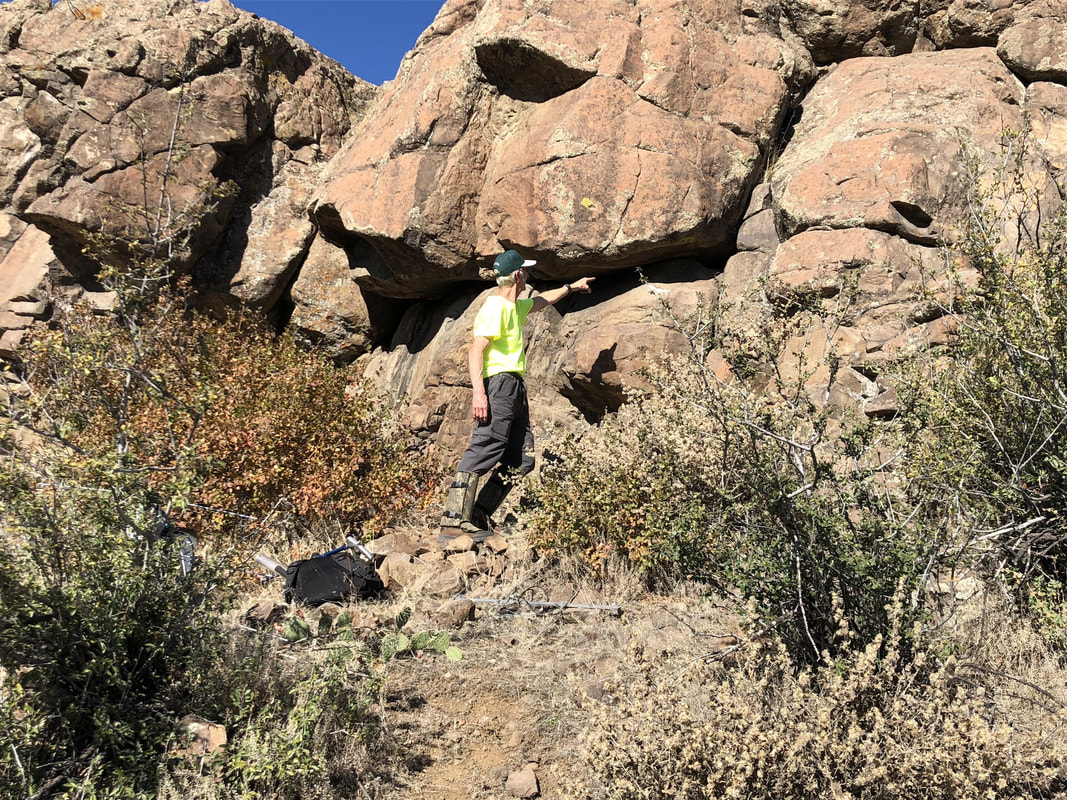
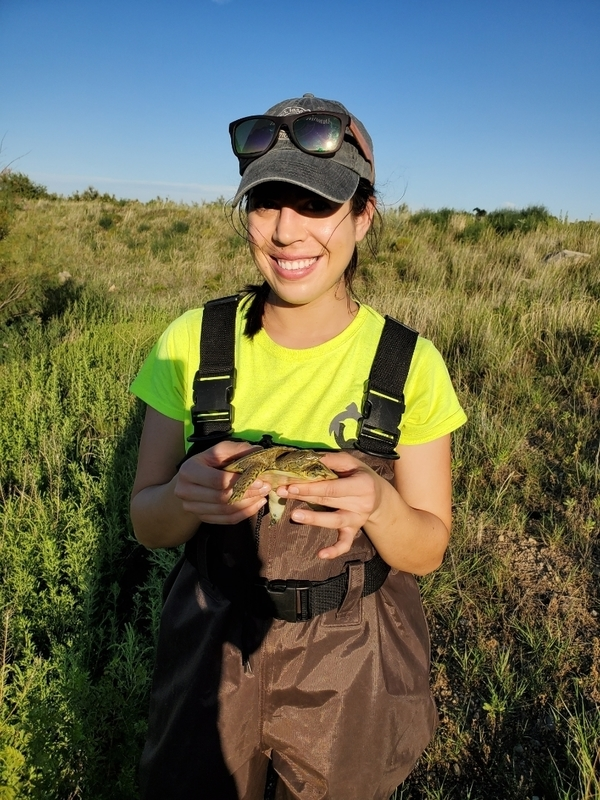
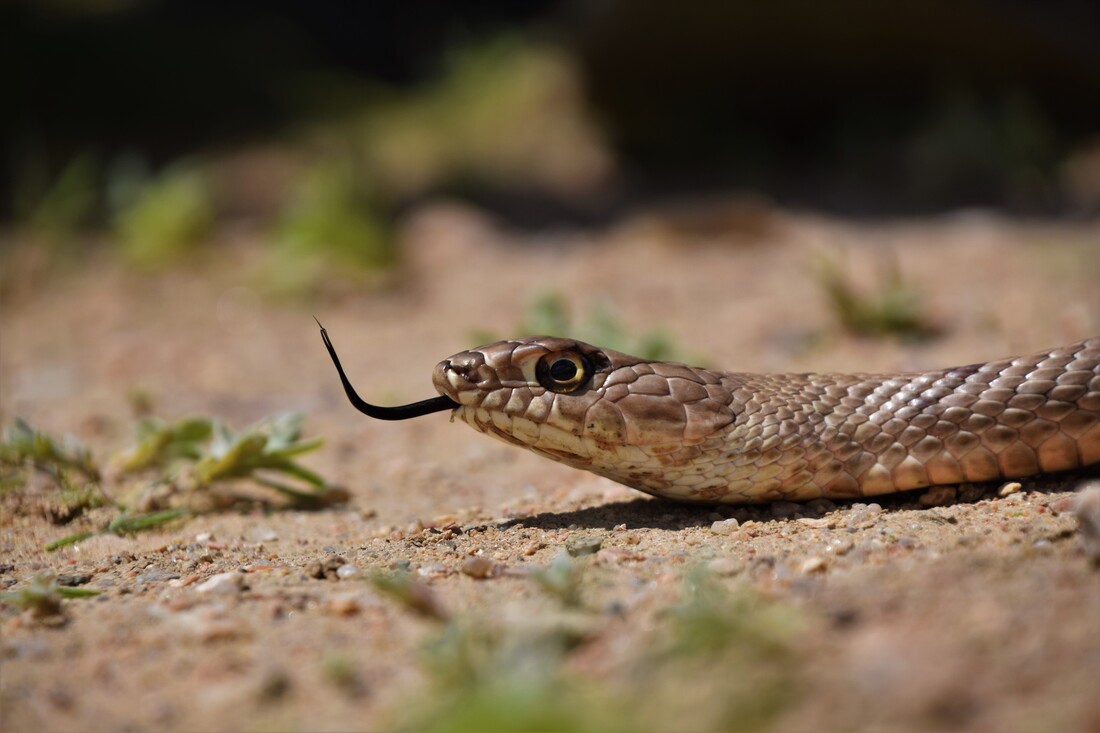
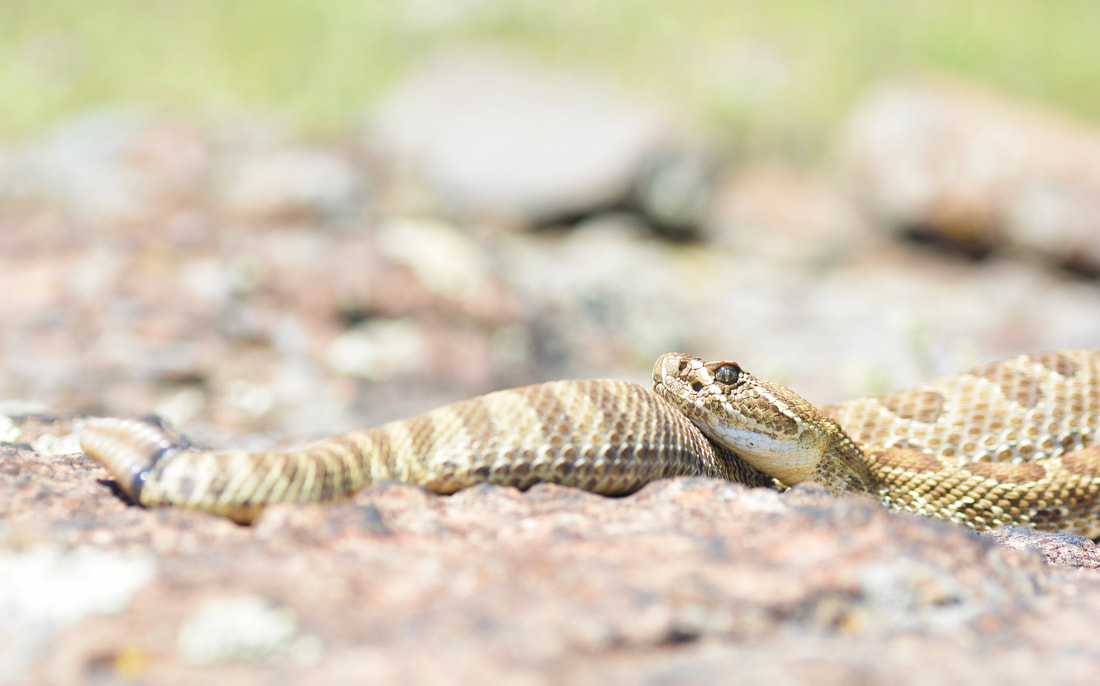
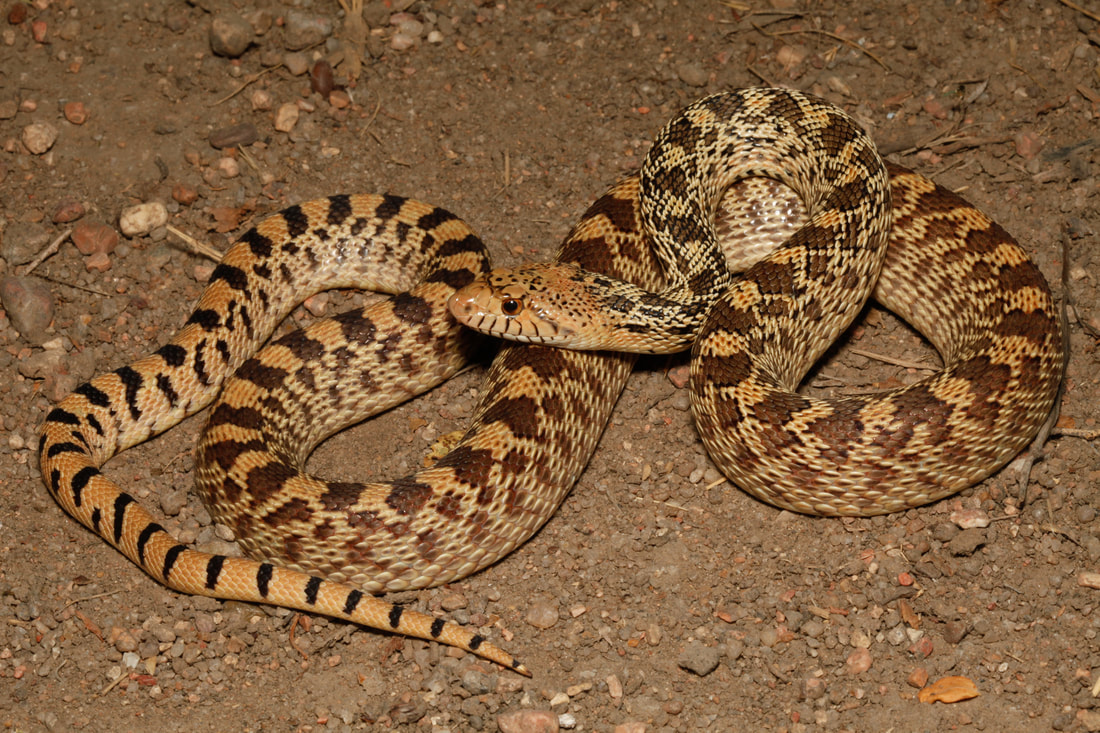
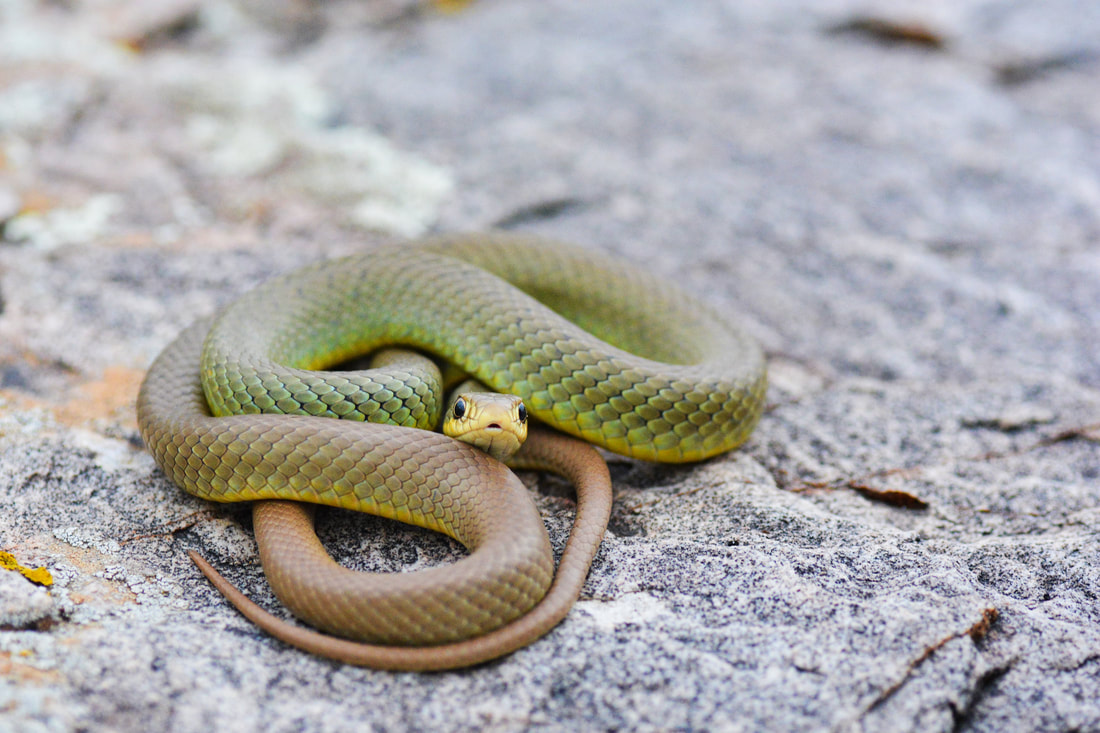
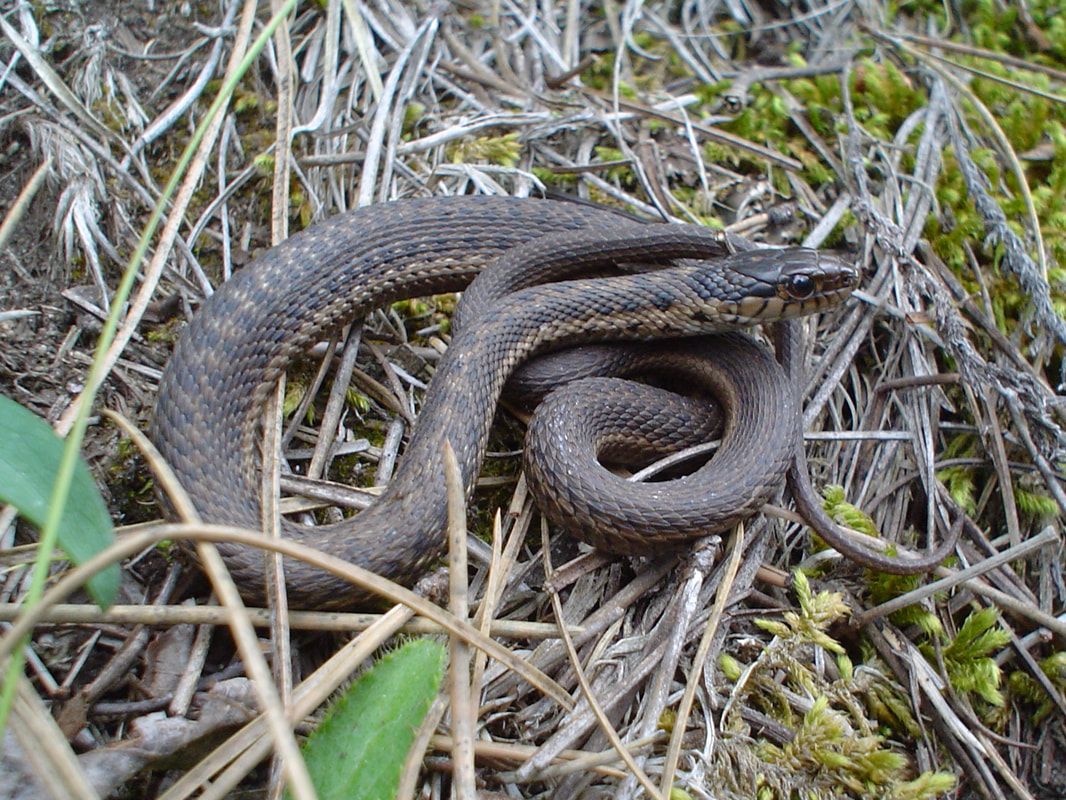


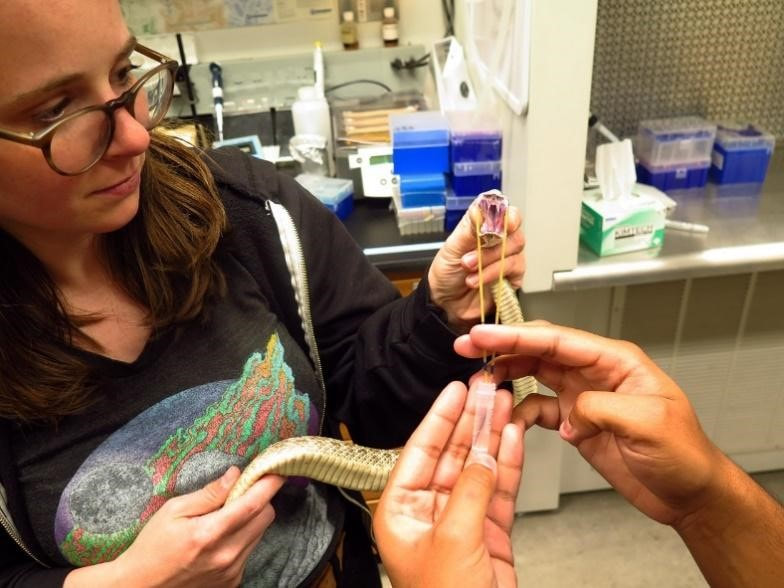
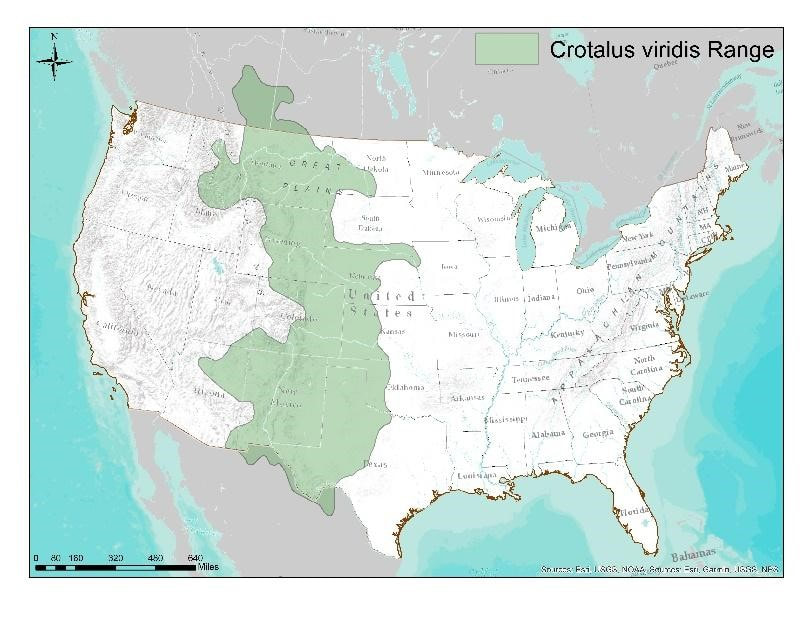
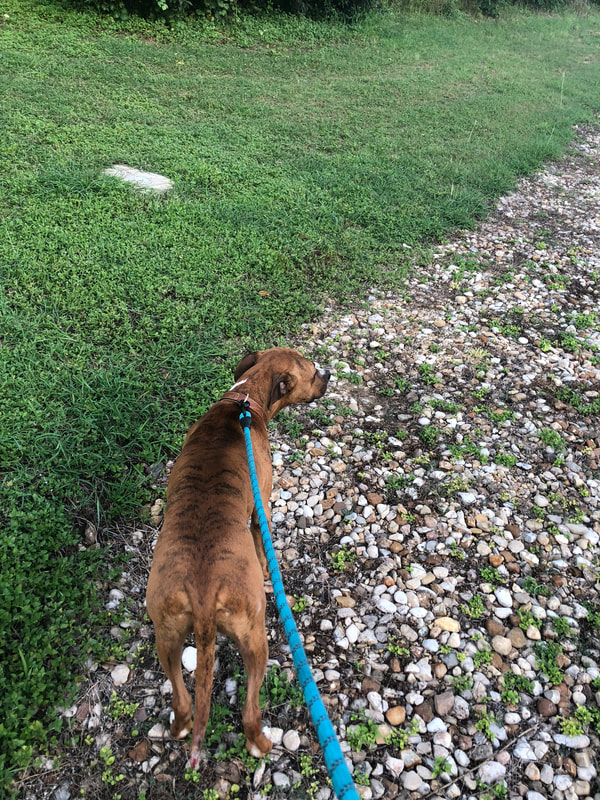

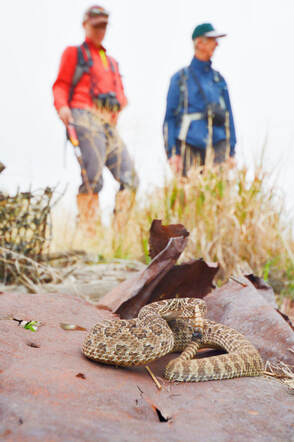
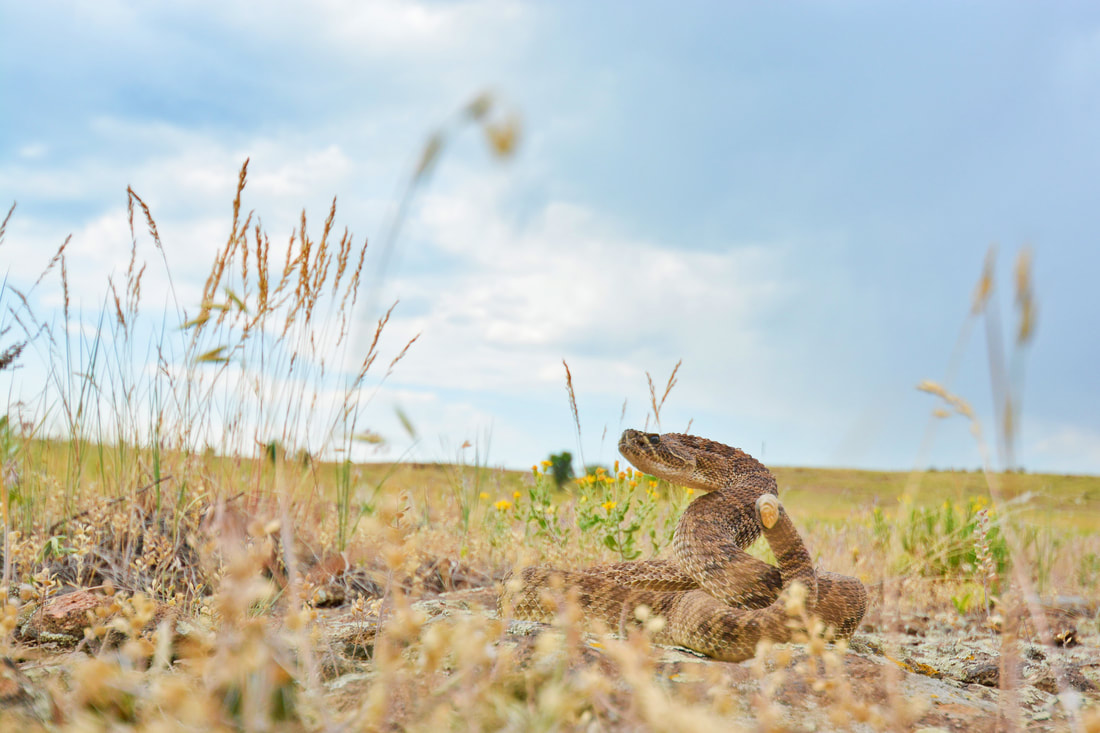
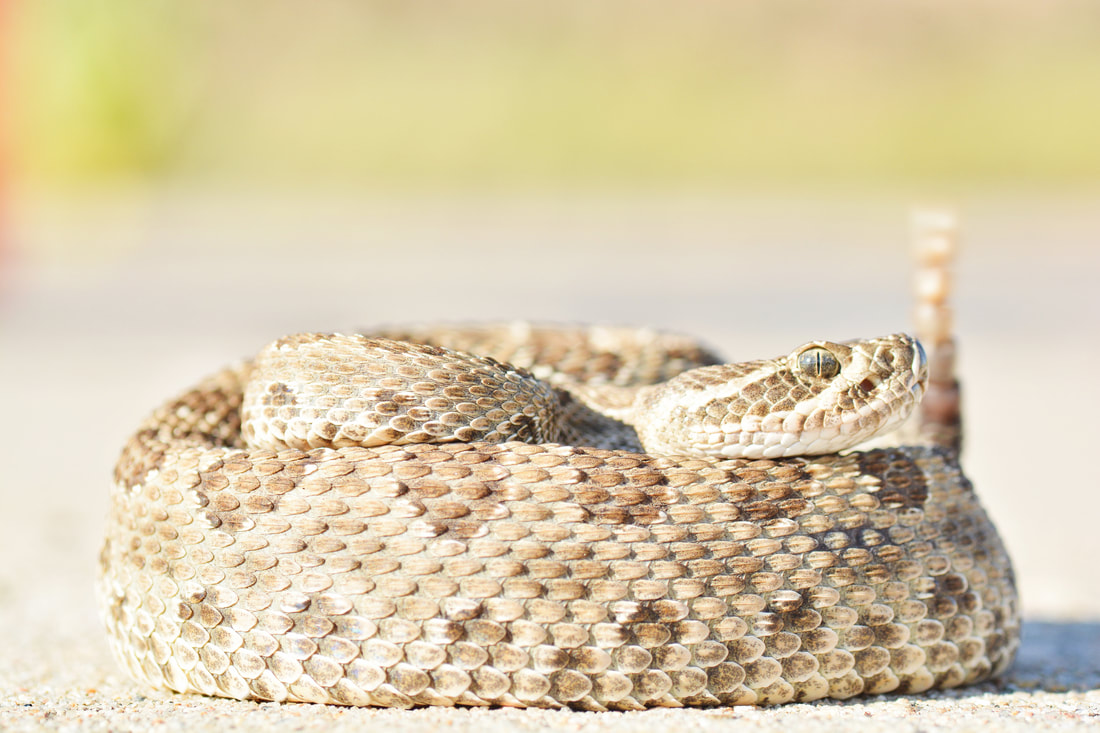
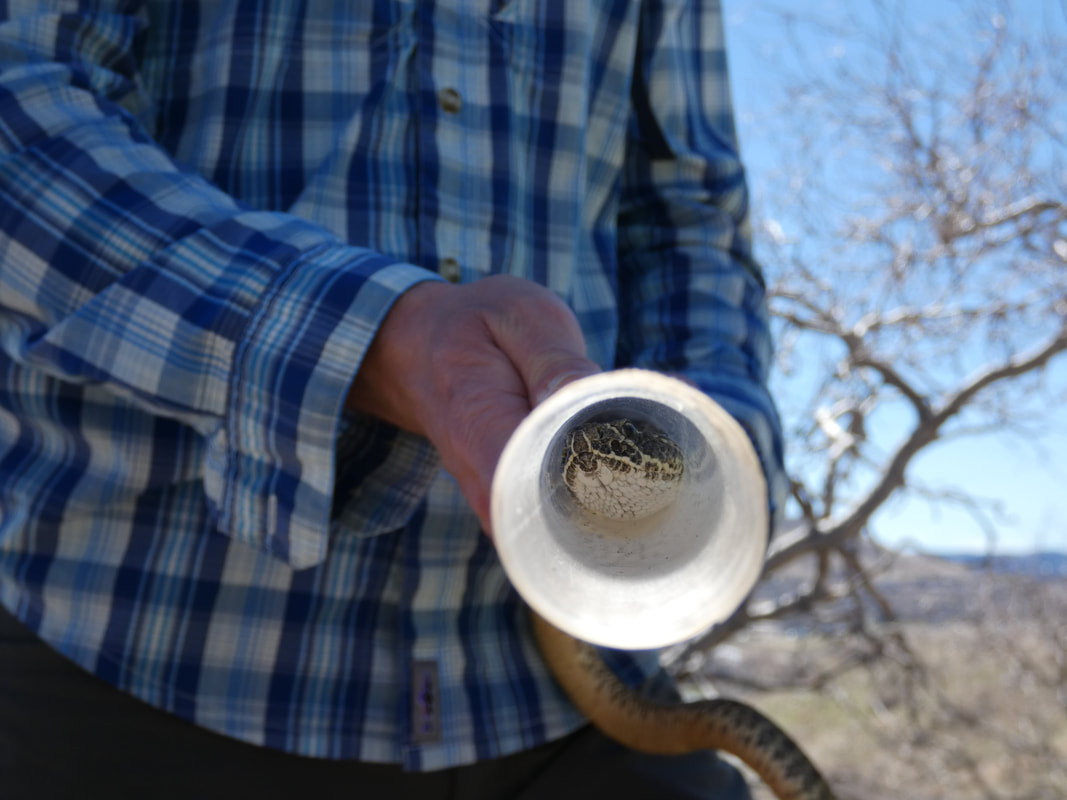
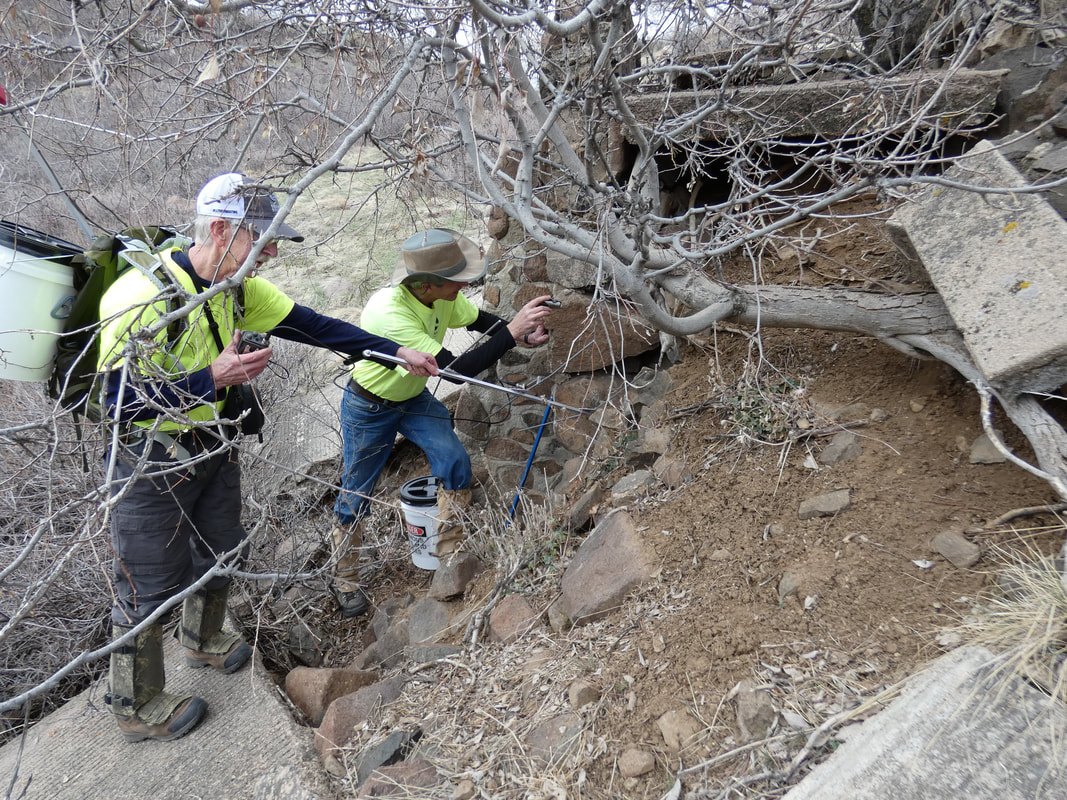
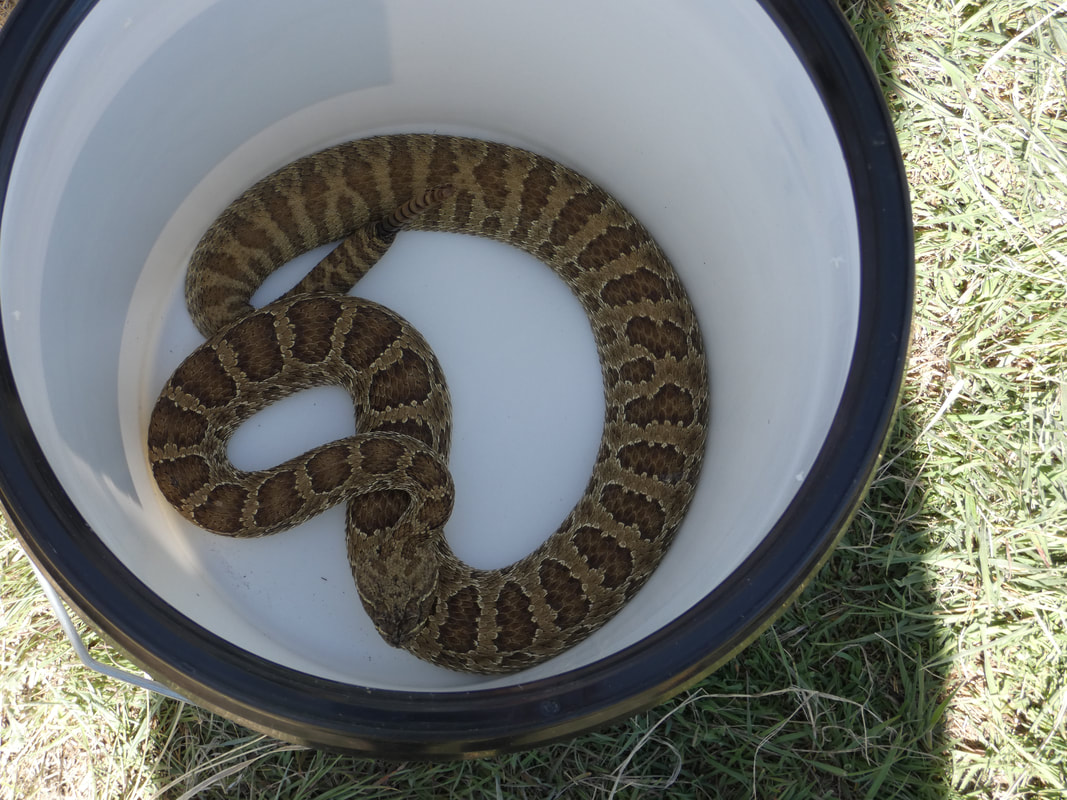
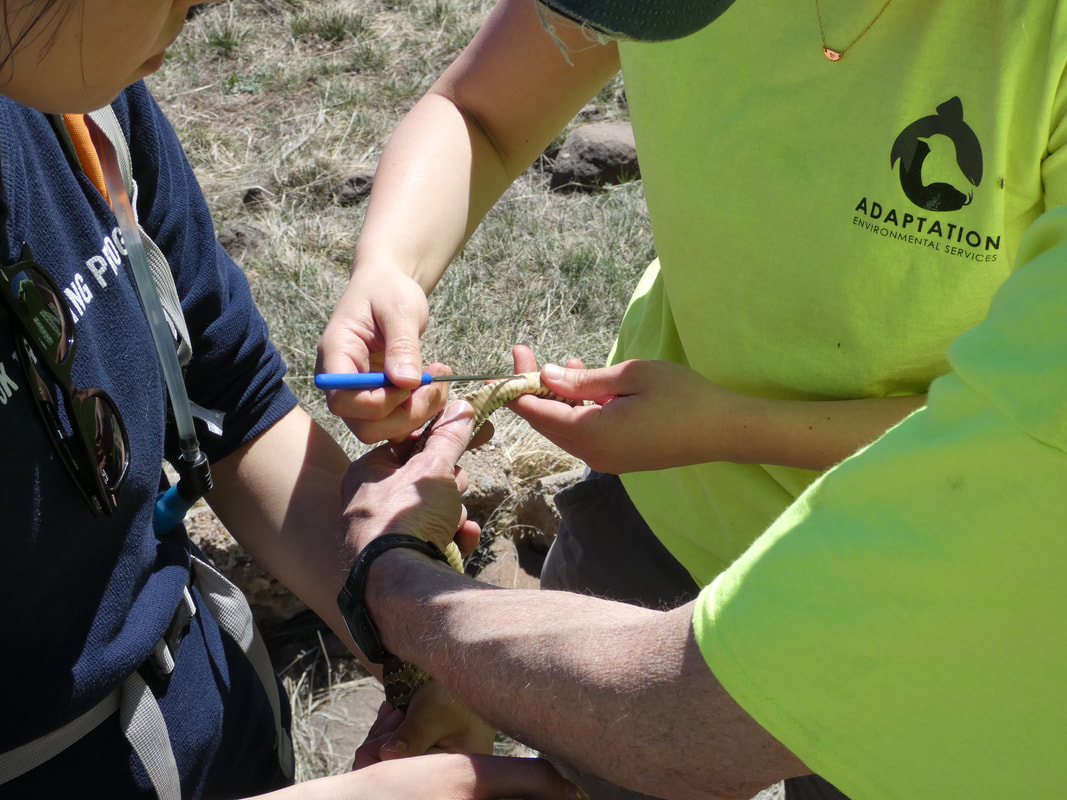
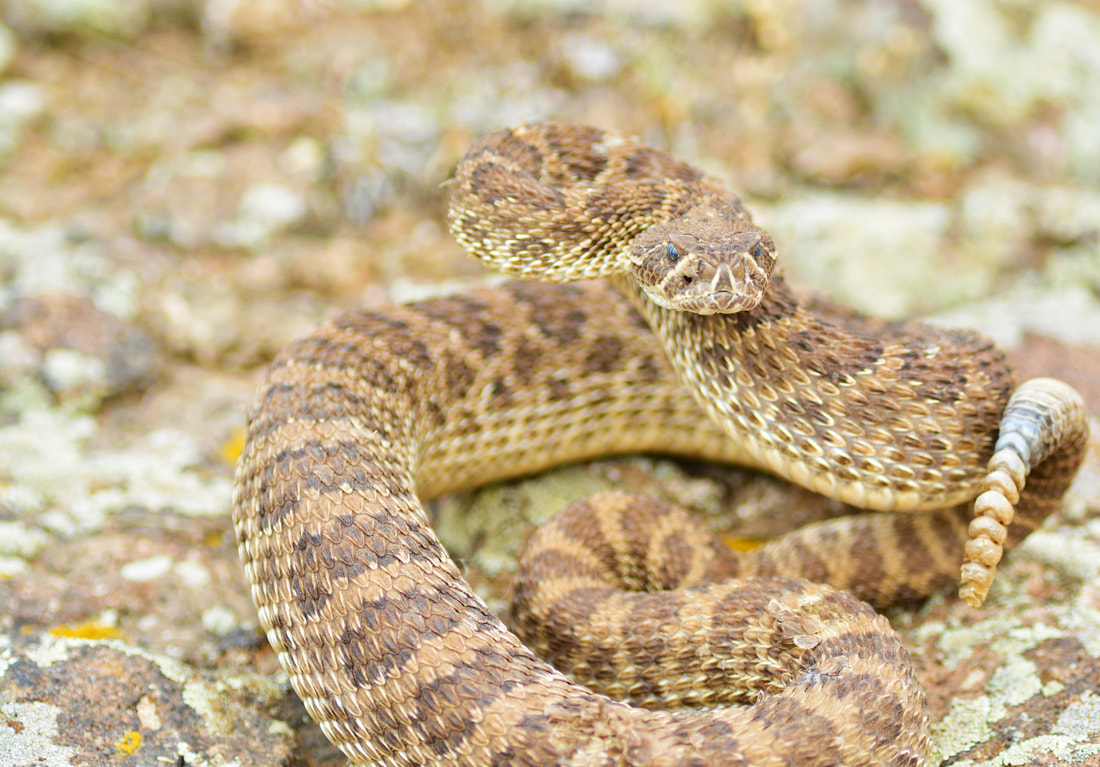
 RSS Feed
RSS Feed